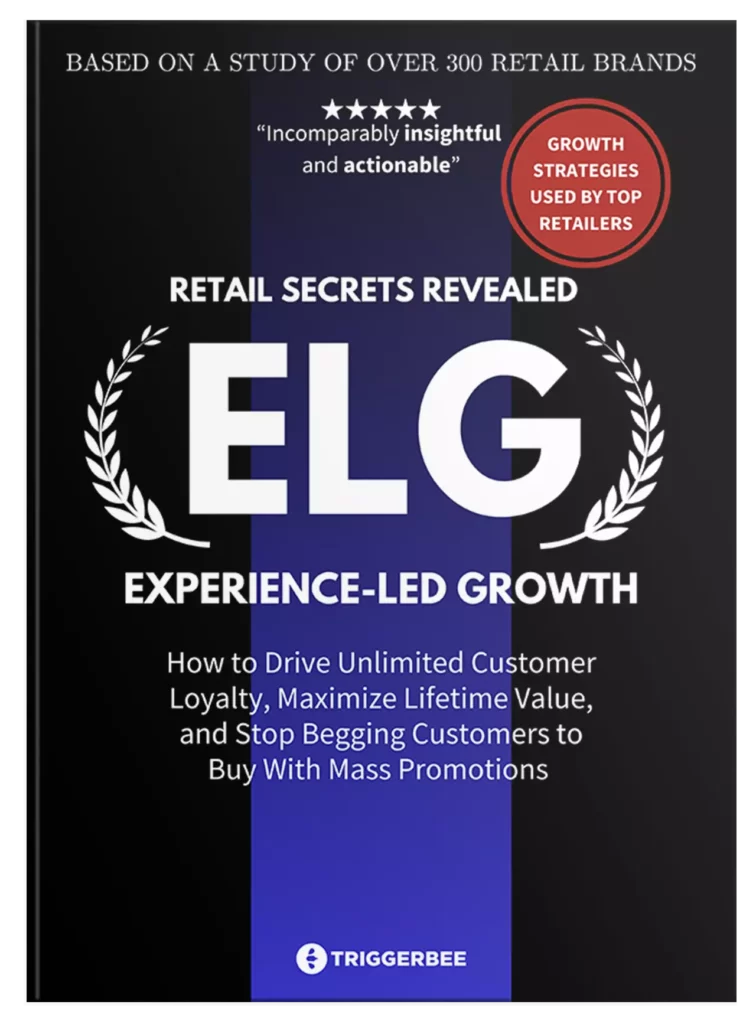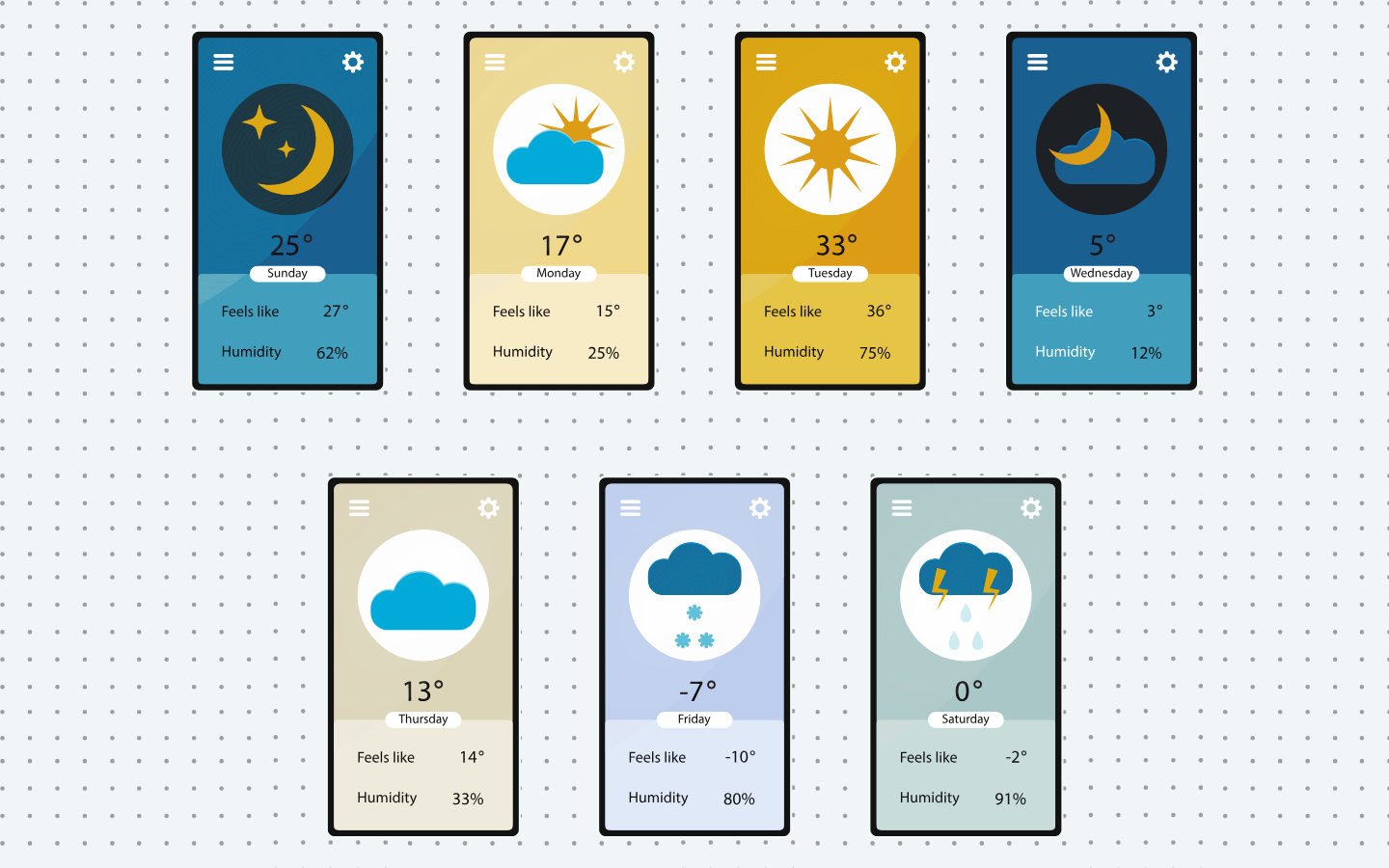What is weather-based marketing?
Weather-based marketing is a strategy that uses local weather data to tailor ads, website content, and other marketing messages. One major advantage with using weather as a trigger is that you can use both temperature and weather conditions (rainy, sunny, cloudy, etc) to tailor your messages. Weather-based marketing is one of the easiest ways to make your marketing more relevant and effective without having to use personal data.
How weather-based marketing works
Weather-based marketing relies on real-time weather data and geolocation.
For example, when a visitor lands on your site, their location will be used as a basis for extracting weather conditions. That information is used in your marketing system, whether it’s Triggerbee, Google Ads, or your email tool, which then decides which content or message to show.
It could be a popup promoting t-shirts when the temperature is above +10C, or a transactional email that gets sent out to visitors in a location where rain is expected in the next 7 days.
This type of marketing works wonders because weather has a huge impact on our behavior. Both emotionally and rationally.
In Sweden for example, most people are ecstatic when the spring weather starts coming through because we have long and cold winters. So when you go from 0C to +10C, people’s moods change and they start planning for outdoor activities.
Softwares for weather-based marketing
| Use Case / Channel | Software |
|---|---|
| Website | Triggerbee Onsite Marketing Platform |
| Google Ads | Available via script (Google Ads Scripts) |
| Meta Ads | Weatherads.io |
| Dynamic Yield, Litmus | |
| Product Recommendations | Dynamic Yield |
Key terms in weather-based marketing
Weather-based targeting
Weather-based targeting means targeting users with different content tailored to different weather conditions. It could be on your website, in ads, or even in emails. If someone’s location is experiencing heavy rain, they might see a promo for waterproof jackets instead of summer dresses.
Geolocation targeting
Geolocation targeting means targeting users who are located in a specific city, region, or country. In order to get accurate weather conditions, geolocation is required.
Dynamic content
The “magic” behind weather-based marketing. Dynamic content means your website, ads, or emails change automatically based on the weather. If it’s rain, show content A. If it’s above or below 10C, show content B, etc.
Temperature breakpoints
Using temperature breakpoints as triggers for deciding which content should be shown is a very smart way to use weather-based marketing. First, if your brand is mainly present in countries with seasons the temperature has a bigger emotional impact compared to whether it’s sunny, rainy, or cloudy. Second, temperature breakpoints let you set specific rules. You might decide that when the weather changes from below to above 10°C it’s time to push light jackets. But when the temperature drops from above to below 5°C, winter coats take over.
Forecast-based marketing
Instead of reacting to current weather, forecast-based marketing is proactive. If a heatwave is coming in three days, start promoting air conditioners now. If snow is expected in the coming 7 days, winter gear gets a promotion.
Is weather-based marketing useful for all brands?
Weather-based marketing isn’t just for specific industries, however certain niches and products obviously benefit more from weather-tailored content.
Truth is that weather-based marketing is useful for almost any business selling products or services affected by the weather. For example:
- retailers
- travel companies
- sports brands
- beauty brands
- food retailers
Fashion brands do this all the time. They push summer collections when the weather starts getting warm, and layering essentials when fall arrives.
Home and garden stores use weather-based marketing to decide when to promote outdoor furniture and plants.
Travel agencies take advantage of the weather by selling vacations to warmer destinations during winter.
Food retailers stock seasonal products and leverage weather data to for example push barbeque items when the barbeque season starts.
If the weather influences what your customers buy, then weather-based marketing makes sense for you.
Which channels are best suited for weather-based marketing?
Certain channels are better suited for weather-based marketing than others.
Your website is one of the best channels for weather-based marketing, since your website visitors are already engaged. So a well-placed banner, popup, or product recommendation that matches the weather can make a HUGE difference in sales.
Paid ads are another powerful channel for weather-based marketing. Think platforms like Google Ads and Facebook. Instead of running random category sales, you can adjust offers based on local weather conditions.
Email and SMS campaigns also benefit. Sending an offer based on the forecasted weather makes a message feel incredibly relevant. “Looks like rain season is starting… stay dry with 20% off raincoats” is way more compelling than a generic discount campaign.
And of course, let’s not forget push notifications. If someone has your app, a weather-based nudge will drive immediate engagement.
Why use weather-based marketing?
Your customers don’t shop in a vacuum. Their decisions are shaped by what’s happening around them.
Using weather-based marketing makes your communication feel relevant and natural. Instead of pushing products randomly or coming up with weak reasons for running a promotion, you’re using real-world conditions.
When you align your reasons for having a promotion to a real-world condition that your customers naturally follow and are affected by (literally everyone has a weather app on their phone), it’s almost like your marketing transforms from push-based to permission-based.
And the best part? Weather-based marketing is also privacy-friendly. You’re not using personal data and you don’t have to track people’s behavior first. All you need is your visitors’ location and weather conditions.
How to use weather-based marketing in your marketing strategy
Whether you’re trying to attract new customers or convert existing ones, weather-based marketing can be used in different parts of your funnel.
For brand awareness, weather-triggered ads grab attention.
For consideration-stage marketing, email and content marketing play a role. Blog posts and guides on “best coats for winter” or “how to stay cool in a heatwave” help drive interest before purchase.
For conversions, website personalization is important. A real-time popup pushing relevant products when someone lands on your site creates instant engagement. If they’re already in the buying mindset, the right weather-based nudge can seal the deal.


